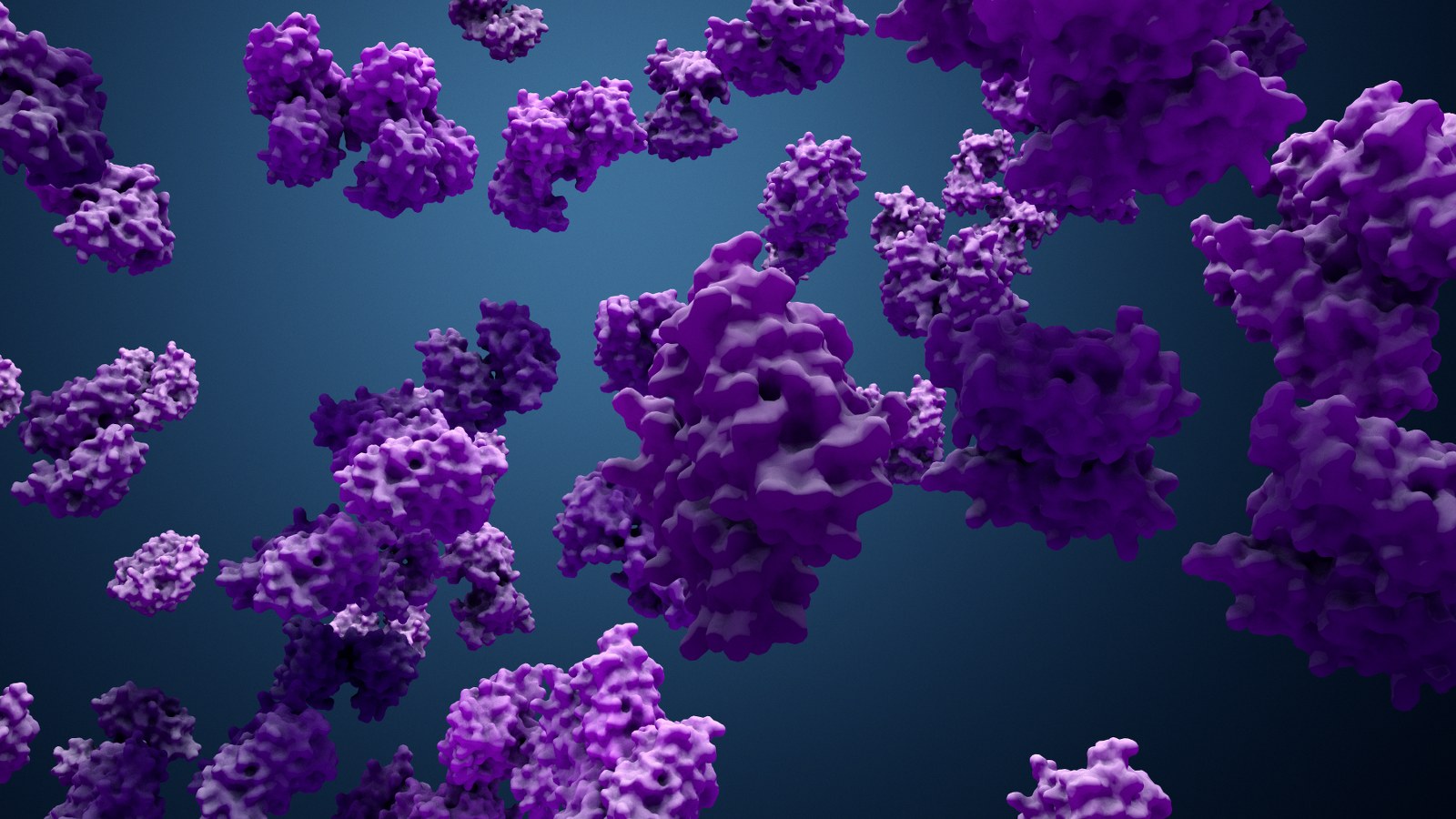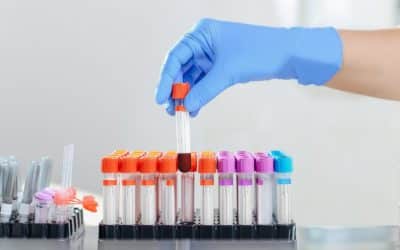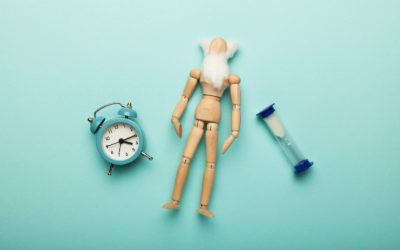
Each cell in our body contains millions of proteins. Proteins are the building blocks of our cells. Proteins are also the working horses given they carry out most of the functions in our cells.
For example, there are proteins that form channels (gates) in the membranes of our cells to let substances in and out of cells.
Muscle proteins inside muscle cells can contract, so the muscle cells become shorter and our muscles can contract.
Proteins in the membrane of brain cells transmit electrochemical signals or pump out neurotransmitters.
Proteins in our gastric cells produce gastric acid. Long protracted proteins form beams that give cells their shape, or anchor them to other cells.
Collagen and elastin proteins outside cells provide elasticity of skin and ligaments.
Other proteins accelerate chemical reactions (these proteins are called “enzymes”), like breaking down the sugar and the fat you eat.
In other words, proteins are the building blocks of life.
Protein maintenance
Our DNA mainly contains the instructions to build proteins. A gene is a piece of DNA containing the code to build a specific protein. Our DNA contains thousands of genes to build about 20,000 different proteins.
Our cells contain millions of proteins. Most of these proteins are continuously produced and recycled.
So proteins are continuously created and broken down. Our cells contain intricate machinery (also mostly built of proteins) to break down and recycle proteins. This maintenance of proper protein metabolism happens via different mechanisms, such as (R):
1. Autophagy
Proteins and other waste materials are engulfed in vesicles and then transported to the lysosomes which break their contents down. Lysosomes are little sacs in our cells that contain enzymes (proteins) that break down proteins and other substances. You can consider lysosomes as the incinerators of the cells.
There are different ways lysosomes can process materials to break them down. This is called “paghy”, which means “eating up” or “digestion”.
– Micro-autophagy: small molecules (including proteins) are engulfed and digested by the lysosomes.
– Macro-autophagy: first, a small membrane is formed around the waste materials engulfing them. Then this small vesicle containing the waste materials fuses with the lysosomes and their contents are digested.
– Chaperone-mediated autophagy: specific waste materials are tagged by specialized proteins which deliver them to the lysosome for break-down.
In essence, microphagy is used to clean up small components in our cells, while macro-autophagy is very good at getting rid of larger components (including mitochondria). Chaperone-mediated autophagy can clean up very specific components in our cells.
2. The ubiquitin-proteasome system
This cellular machinery looks like a tiny cylindrically-shaped “grinder” that breaks down proteins.
Small proteins called ubiquitin stick to specific proteins, tagging them for destruction. These ubiquitinated proteins are then transported to the proteasome, which breaks them down (the proteasome actually looks like a meat grinder).
3. Chaperones
Chaperones are little molecules that gently “stick” to proteins and protect them against damage or prevent them from clumping together. Some chaperones also help proteins to fold properly.
The role of proteins in aging
As we get older, the machinery that builds, maintains and recycles proteins starts to grind down. Let’s discuss some main ways our protein metabolism goes awry.
1. Proteins are not properly broken down and recycled
The recycling processes we just discussed (e.g. autophagy) are very intricate, but they are not perfect.
During aging, our cells become less and less able to properly recycle their proteins. The lysosomes are less able to break down proteins and other cellular components. Proteins start to accumulate inside and outside our cells. This hampers the function of the cells. They are becoming “old”.
In other words, during aging, the proper maintenance of all the proteins inside and outside our cells (this proper maintenance is also called “protein homeostasis” or proteostasis”) becomes dysfunctional.
Proteins are not broken down and recycled properly, and start to accumulate everywhere inside and outside our cells. Also, various other waste materials in our cells start to accumulate during aging because the “biological incinerators” of the cell (the lysosomes) start to become dysfunctional.
2. Damaged and misfolded proteins
Another reason why proteins tend to accumulate is because they get damaged or misfolded, which leads them to clump together, or makes it more difficult to break them down.
Proteins can misfold because they contain small errors when building them, making them prone to misfolding. In fact, some long-lived species have evolved more accurate machinery to produce proteins, so their proteins are less prone to errors leading to less misfolding and subsequent accumulation (R).
For example, naked mole rats live at least ten times longer than normal rats. Naked mole rats have more accurate ribosomes (the cellular machines that make proteins) producing more accurate proteins (R,R) (naked mole rats also have many other adaptations that extend their lifespan, which I talk about elsewhere).
When scientists introduced a mutation in organisms so their ribosomes produce more accurate proteins, lifespan was extended (R). In this study, the scientists looked at archaebacteria, which are bacteria that can live in extreme environments, such as in extreme heath. So these bacteria need very robust protein building machinery. The scientists found that a protein that is part of ribosomes is different in these bacteria (one lysine amino acid in the protein – as found in other bacteria – is instead an arginine amino acid in archaebacteria). Scientists then introduced this mutation into yeast, worms and flies, which all lived longer, likely because they build more accurate proteins.
Interestingly, drugs like rapamycin can improve the accuracy of building proteins (they improve “translation fidelity”) (R,R).
3. Harmful protein modifications
Another reason why proteins tend to accumulate during aging is because various molecules attach themselves to the proteins, damaging them, or making proteins more prone to sticking together and accumulating.
As we age, proteins become glycated (when sugar molecules attach to them), or oxidized, citrullinated or carbamylated (depending on the kind of small chemical molecules attaching themselves to proteins – I go deeper into this in the chapter about crosslinks and other protein modifications).
We see that protein accumulation plays a role in many aging-related diseases. For example, in Alzheimer’s disease specific proteins (and likely others) such as tau protein, beta-amyloid protein and TDP-73, start to accumulate. This hinders the proper functioning of brain cells, eventually causing them to die off.
In aging blood vessels, specific proteins start to accumulate, making these blood vessels more frail and prone to breaking.
In an aging heart, proteins accumulate in heart cells, impeding their function. Proteins accumulate in the blood vessel walls, making them more stiff and prone to breaking. Protein accumulation in lung tissue also contributes to more stiff and “old” lungs.
Learn more about the hallmarks of aging:
Epigenetic alterations
Loss of proteostasis
Mitochondrial dysfunction
Genomic instability
Telomere attrition & shortening
Advanced Glycation End Products (AGEs) and protein modifications
Senescent cells
Stem cell exhaustion
Altered intercellular communication
Deregulated nutrient sensing
Other reasons why we age
Overview of the hallmarks of aging




